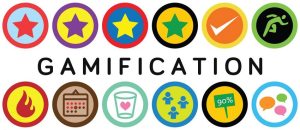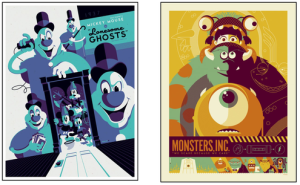The three stores chosen by my group were Express, Guess, and Bebe. All three have a similar target audience of the ages 18-mid 30s and are middle to middle upper class. They where all located in the Pacific Place mall on Pine and were all located on the second floor. All three’s clothing lines are similar in style, but only Express and Guess sell men’s clothing, while Bebe is exclusively just for women.
If Express where a person he’d be somewhere in his mid 20’s working as some kind of social media consultant that gets paid pretty nicely for his time. Though he’d dress mostly business casual with a brand that looks part business part going to a nice club look. A cool want to be trend setter that may be too thin for his own good and holds a semi unrealistic standard of beauty. Express as a brand tries to sell their product with a youthful look and bright lights like it’s something that came of a model. They have both men and women’s clothing and sell a business casual look and more just upper middle class casual look. They use lots of bright lighting throughout the store, which is only enhanced to be even brighter by their white walls, floors, and ceilings. Their store has parts that are a little dense with clothing, but thats mostly just the more casual wear, the business casual wear is a little more spread out so people have a better look at it. Their color pallate is white, black, and the occasional splash of red, typically to indicate a sale or promotion to make it stand out. The font is always a geometric san serif. They also don’t utilize their store windows too much aside from typically displaying large sale signs when they have deals, aside from that they have either one large entrance so you can easily see inside of them or sometimes two entrances. Unlike the other two stores Express markets evenly between men and women’s clothing and the store is usually divided in half by gender.
If Guess were a person it’d be a women, based on who they market more heavily to. She’d be a well off 26 year old that lives in New York and very much into the fashion scene. She’d wear a lot of dresses that come down to right above her knees, leather purses, and little jackets to go over the dresses, and the occasional hat. She’d try to look like a super model, wishes to eventually move to Beverly Hills, and always wants to look like she’s always either coming or going from a upscale night club. Guess is a men, women’s, and even a child’s clothing store, though I believe you can only get kids clothes from their website. Their price ranges go from 50-1200 dollars depending on the products, in the actual store though it mostly featured clothing, purses, and shoes. They use a lot of lighting and their store can be just a little dense aside from their wide walking path which leads you directly through the middle of the store all the way to back easily. Interesting they like Express used a combination of whites, blacks, and reds, though their reds were used their large photographs of models posing. They like to use very large wall scroll photos of models posing with their clothes in places like china. The font style they typically use is a sans serif for most of their advertising while their logo is a serif. Guess is only store of the other two to sell children’s clothing, they have men’s clothing but all of their photography in the store is of women sporting their clothing.
Last we have Bebe which would have to be a women as this store only sells to women. She’d be in her mid 20’s like the other two, but mostly wear tight little skirts and tops with geometric shapes and lines with solid colors. She’d be from San Francisco and very happy there and the weather fits her choice of clothing. She tries to maintain a slim physique like the other two stores. In the day she’d look like a professional business women and at night a trendy night club goer. Bebe’s price range for people is about the same as Express, the 30-300 dollar range. While they only sell to women they’re the only store of the others to sell sports wear. Their font choice is always a sans serif, their logo, their advertising, and their website. They employ about the same amount of lighting as guess and are bit more dense with their product than that other stores. They really only use black and white and use the display windows at the front of their store for mannequins to show of their clothing. Bebe uses a smaller space than the other two stores for their products, smaller window display, and even a smaller entrance. It only markets to women and offers women’s sport clothing unlike the other two stores.
























